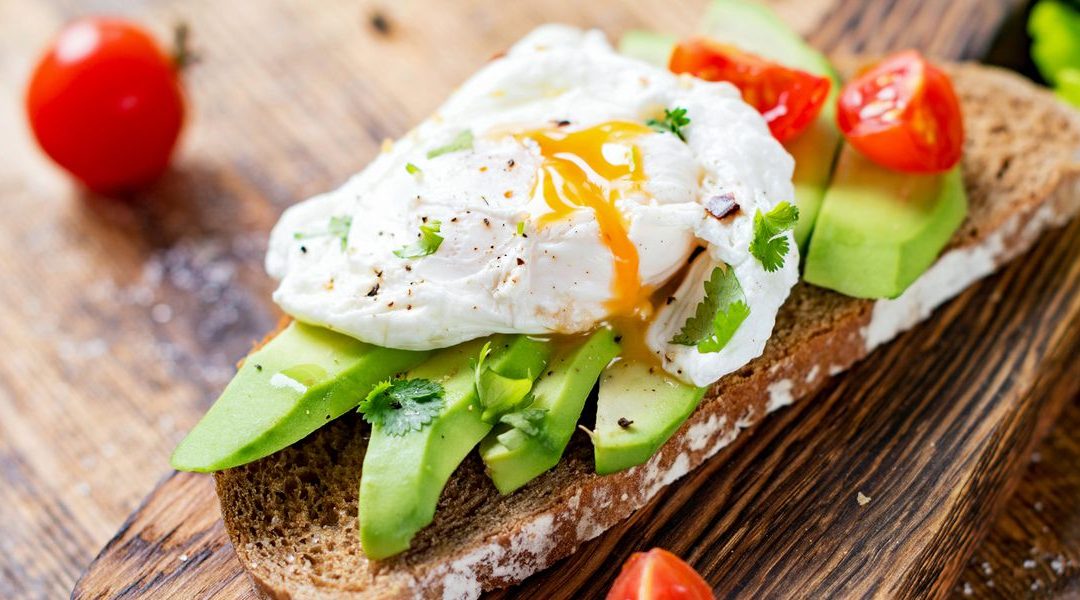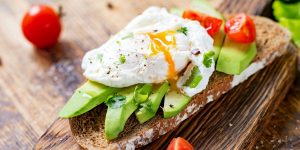7 foods to lower blood sugars naturally
Read the bottom portion to find out how our products can block carbs and fats in your diet!!!
More than a third of us have a serious health condition that puts them at increased risk for heart disease, stroke, and type 2 diabetes – and 90 percent of them don’t know it.
Called prediabetes, this condition is when your blood sugar levels are higher than normal, but not high enough to be type 2 diabetes. Those with prediabetes typically have some insulin resistance, or their pancreas is unable to make enough insulin to keep their blood sugar at a healthy level.
Advertisement – Continue Reading Below
Although those with prediabetes have up to a 50 percent chance of developing diabetes over the next five to 10 years, with lifestyle changes – like eating foods that lower blood sugar – you can reduce your risk.
‘Prediabetes is a warning sign that you have been insulin resistant for some time,’ says Hillary Wright, RD, director of nutrition for the Domar Center for Mind/Body Health. ‘However, many are able to prevent or postpone diabetes.’
In addition to becoming more active, losing weight, decreasing stress, quitting smoking, and getting proper sleep, eating healthier can help prevent or reverse prediabetes.
Start with the tips below, and talk to your doctor or a registered dietitian who specialises in diabetes for more personalised advice.
How to eat to prevent diabetes
Eat every 3 to 6 hours
Have breakfast within an hour or two of waking up and then eat a snack or meal every three to six hours after that, says Rebecca Denison, RD, doctor of integrative medicine and diabetes educator at Greater Baltimore Medical Center’s Geckle Diabetes and Nutrition Center. This will add up to three to six total meals and snacks daily. It takes about four to six hours for your body to digest a meal. ‘You want to eat just a teeny bit before you actually need it so that your body doesn’t have to figure out how to keep your blood sugar stable,’ Denison explains.
Balance your meals
Fill half your plate with non-starchy vegetables. Split the other half in two between protein and whole-food carbs such as brown rice, quinoa, beans, legumes, or ancient grains such as amaranth, millet, or farro. These complex carbohydrates have more fibre and nutrients than processed carbs such as white rice, bread, and pasta, and the fibre helps control blood sugar levels.
Advertisement – Continue Reading Below
Eat your bigger meals earlier in the day
Follow the adage, ‘Eat breakfast like a king, lunch like a prince, and dinner like a beggar’. While a small bedtime snack of about 100 to 150 calories is OK, be sure supper is at least four hours before retiring for the day. ‘Eating more at the end of the day may escalate the risk of obesity and diabetes,’ explains Wright, author of The Prediabetes Diet Plan. ‘Evidence suggests you may need to secrete more insulin to regulate your blood sugar compared to eating earlier in the day.’
Spread out your carbs
In addition to eating small meals at night, it’s best to limit dishes piled high with pasta, rice, sugar, and other carbs. ‘When you focus on whole-food carbs spread throughout the day, the less pressure there’s going to be on your pancreas to constantly chug out insulin,’ Wright says. You want your blood sugar to roll like hills over the course of the day rather than spike like mountain peaks and plummet to valleys, she adds.
Advertisement – Continue Reading Below
Advertisement – Continue Reading Below
Be mindful of portions
If you are overweight, losing weight can help reduce your risk of types 2 diabetes. Eating smaller portions can help you cut calories and still feel satisfied. Wright recommends thinking of your hunger on a scale of one (not hungry) to 10 (starved) to help with portions. ‘People are more mindful about their food choices if they eat when their hunger is a five or six,’ she says. ‘That way, you are not desperate and starving.’
Drink water
Choosing water as your go-to source of hydration will help cut back on unnecessary liquid calories that don’t fill you up.
Choose a lifestyle change, not a diet
If you need to lose weight, find an eating plan you can stick with. ‘Whatever results in lasting weight loss for you is the best approach for you,’ Wright says. ‘If you make over-restrictive changes you can’t maintain, as soon as you tire of that diet, you will fall back to what you did previously, gain weight, and raise your risk of type 2 diabetes.’
Advertisement – Continue Reading Below
The best foods to lower your blood sugars
Focusing on the following foods can help regulate your blood sugar.
Non-starchy vegetables
Make non-starchy vegetables the star of your plate, taking up half of it. ‘For anybody at risk of diabetes, it’s important to take your vegetable intake to the next level,’ Wright says. ‘Balancing your plate with half vegetables will fill you up without loading you down with tons of carbs.’ Credit the fibre and water in the vegetables for helping keep you satisfied.
Leafy greens
All non-starchy vegetables are good, but leafy greens may pack a more powerful punch. In a review of six studies, researchers found that consuming 1.35 servings (about 1 1/3 cups raw or 2/3 cup cooked) of leafy greens daily was associated with a 14 percent reduced risk of developing type 2 diabetes compared to eating only 0.2 servings daily.
Whole fruit
‘Whole fruit is nothing but good for people who have prediabetes,’ Wright says. Just don’t consume produce in the form of juice or smoothies. ‘Though a smoothie does give one a concentrated source of nutrients, they are often packed with calories that don’t satisfy our hunger as there is little fibre in them,’ Denison says. So rather than drinking your fruit, eat it, spacing it out over your day.
Advertisement – Continue Reading Below
Advertisement – Continue Reading Below
Whole grains
Eating whole grains has been shown to cause blood sugar levels to rise more slowly after a meal and reduce the risk of type 2 diabetes. The fibre in whole grains slows the digestion of carbs, reducing the demand for insulin. Whole grains also contain antioxidants and anti-inflammatory nutrients that may also play a role in helping prevent diabetes.
Legumes
In a study published in the journal Clinical Nutrition, researchers followed the diets of more than 3,000 adults who didn’t have type 2 diabetes for more than four years. They discovered that people with the highest consumption of legumes – especially lentils –had the lowest risk of diabetes. Replacing half a serving of eggs, bread, rice, or baked potato with legumes daily also was associated with lower risk of diabetes incidence. All legumes, which includes lentils and all types of beans, are high in fibre and a good source of protein.
Healthy fats
Like carbs, fats are about the issue of two Qs: quality and quantity, Wright says. Unsaturated fats have been linked to improved insulin resistance. Choose sources such as nuts, seeds, olive oil, canola oil, and avocado, but be mindful of portions since fats are calorically dense. Moderate amounts of fat at your meals also helps boost satiety.
Lean protein
Protein helps you feel fuller for longer. It also slows digestion so your blood sugar rises and also falls more gradually after a meal. Choose fish, plant-based proteins such as beans and legumes, poultry, and lean beef.
Carbs and fats can wreak havoc if your getting too much. Our high end combination of glucomannan, Caralluma, digestive enzymes, Probiotics and fat burners can work wonders at helping to achieve your weight loss goals.


